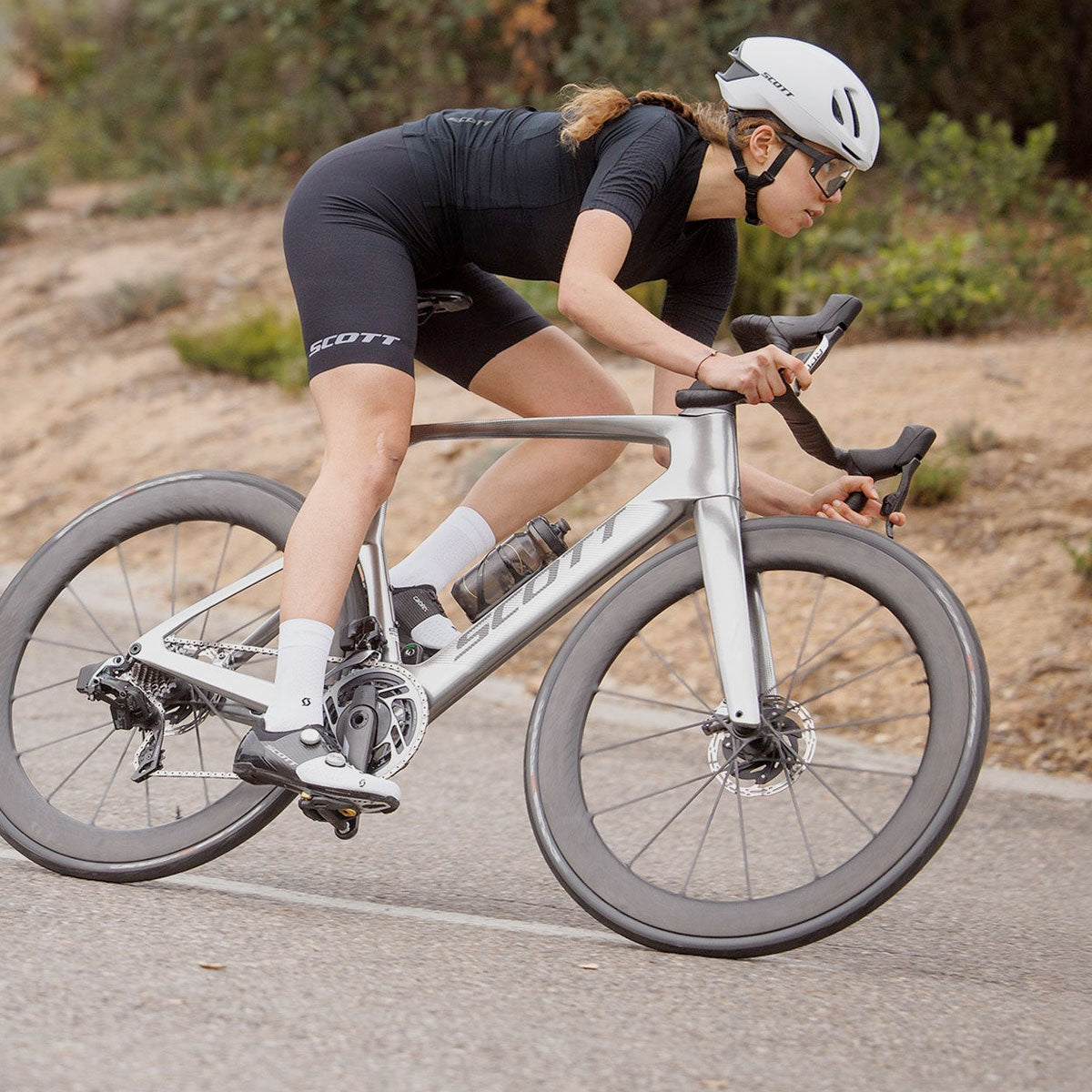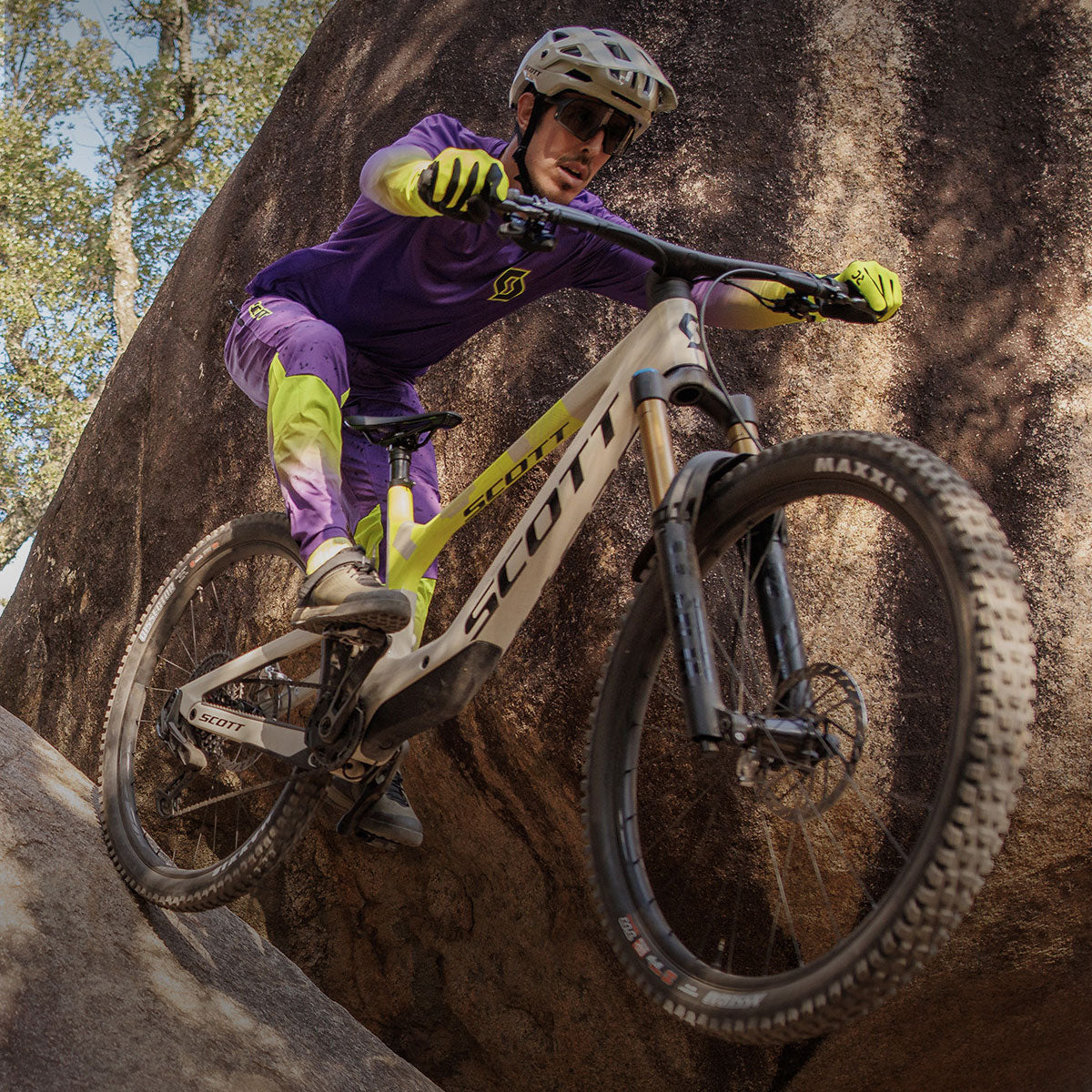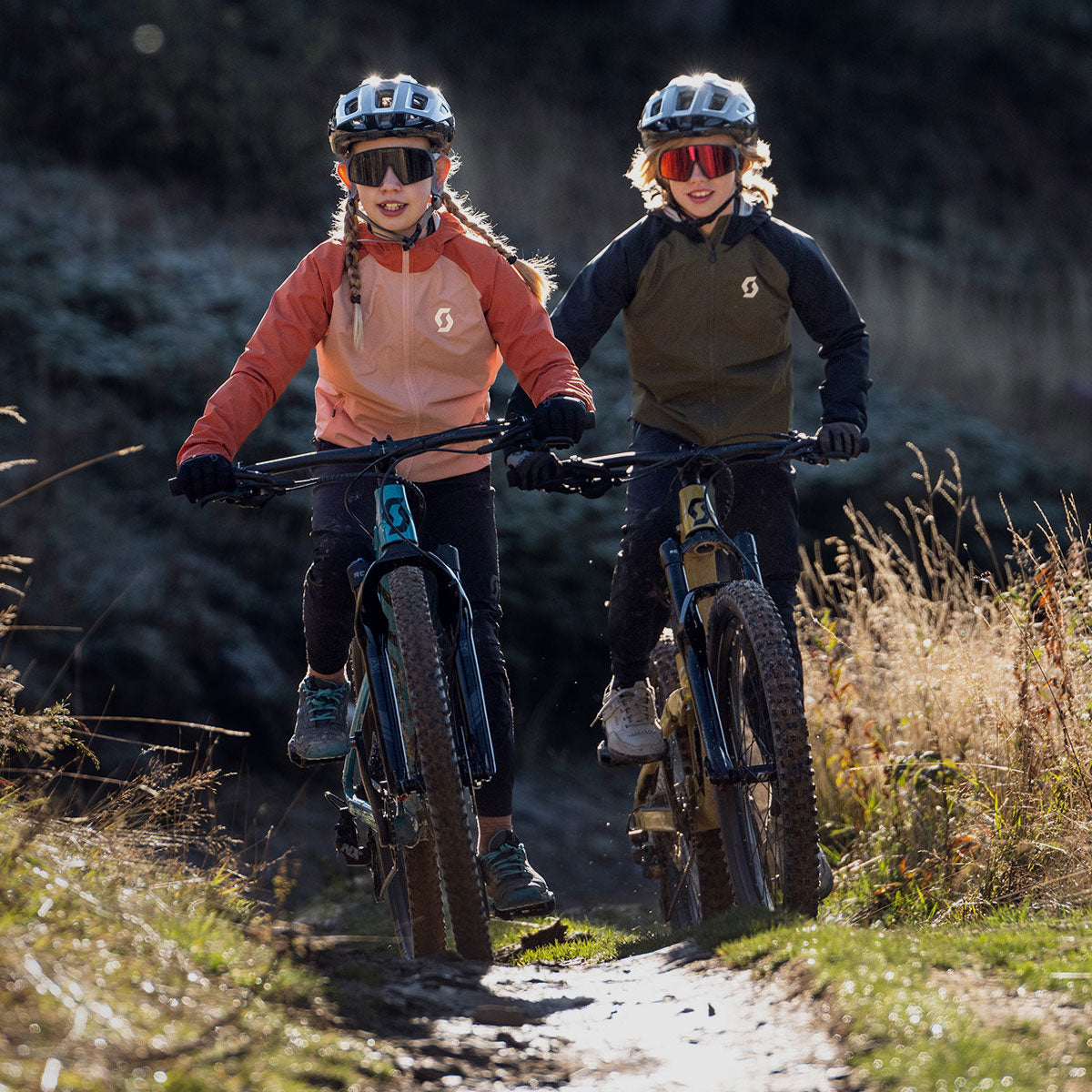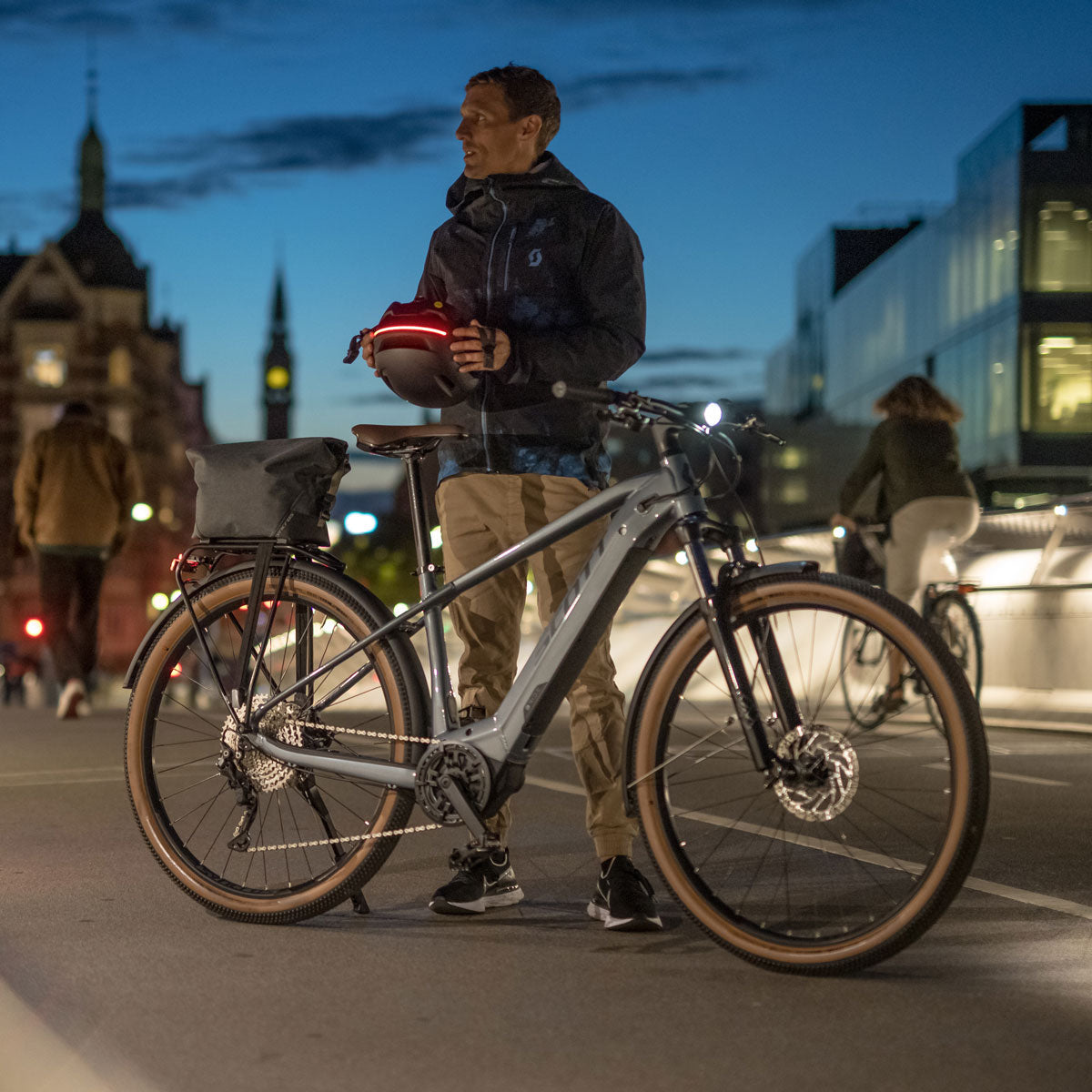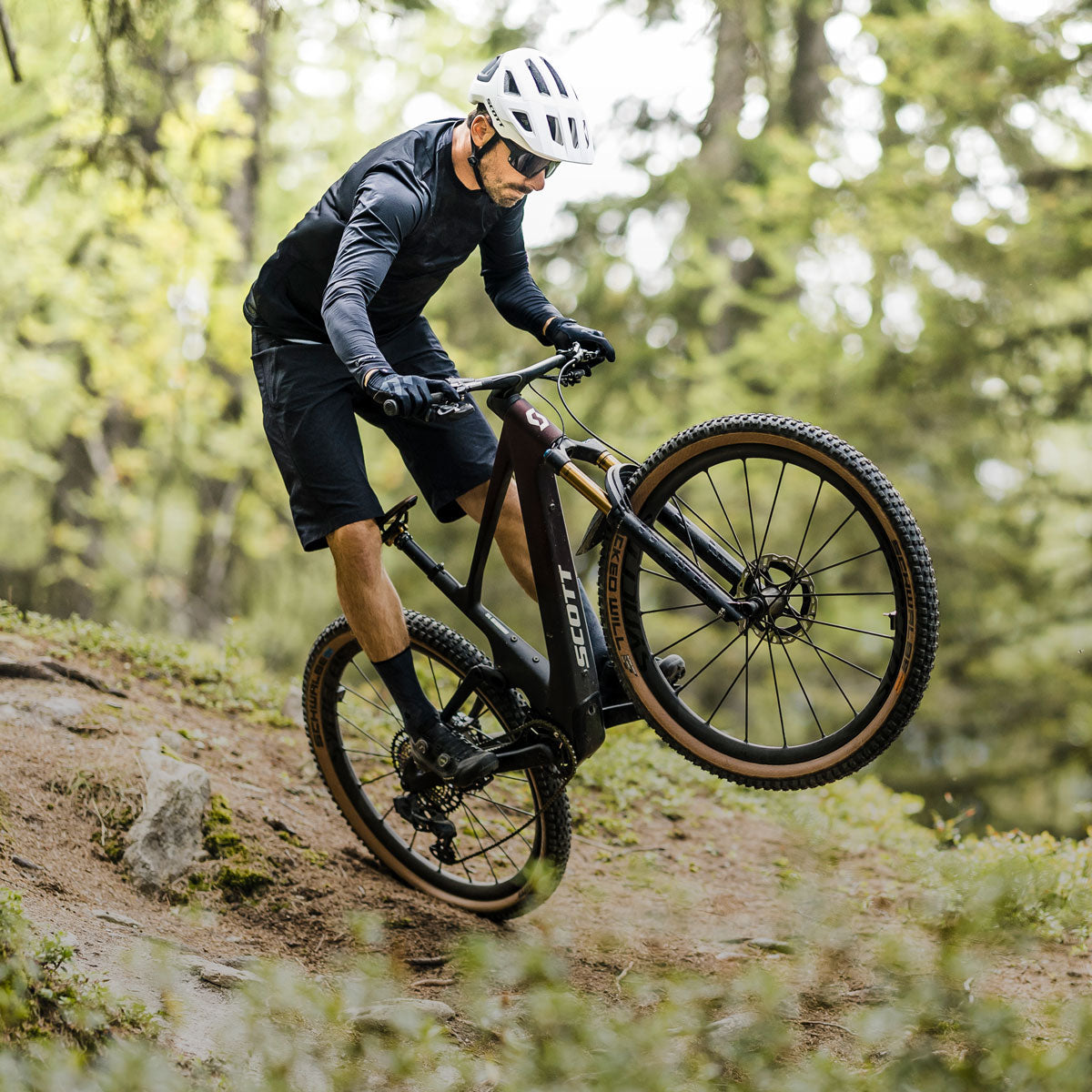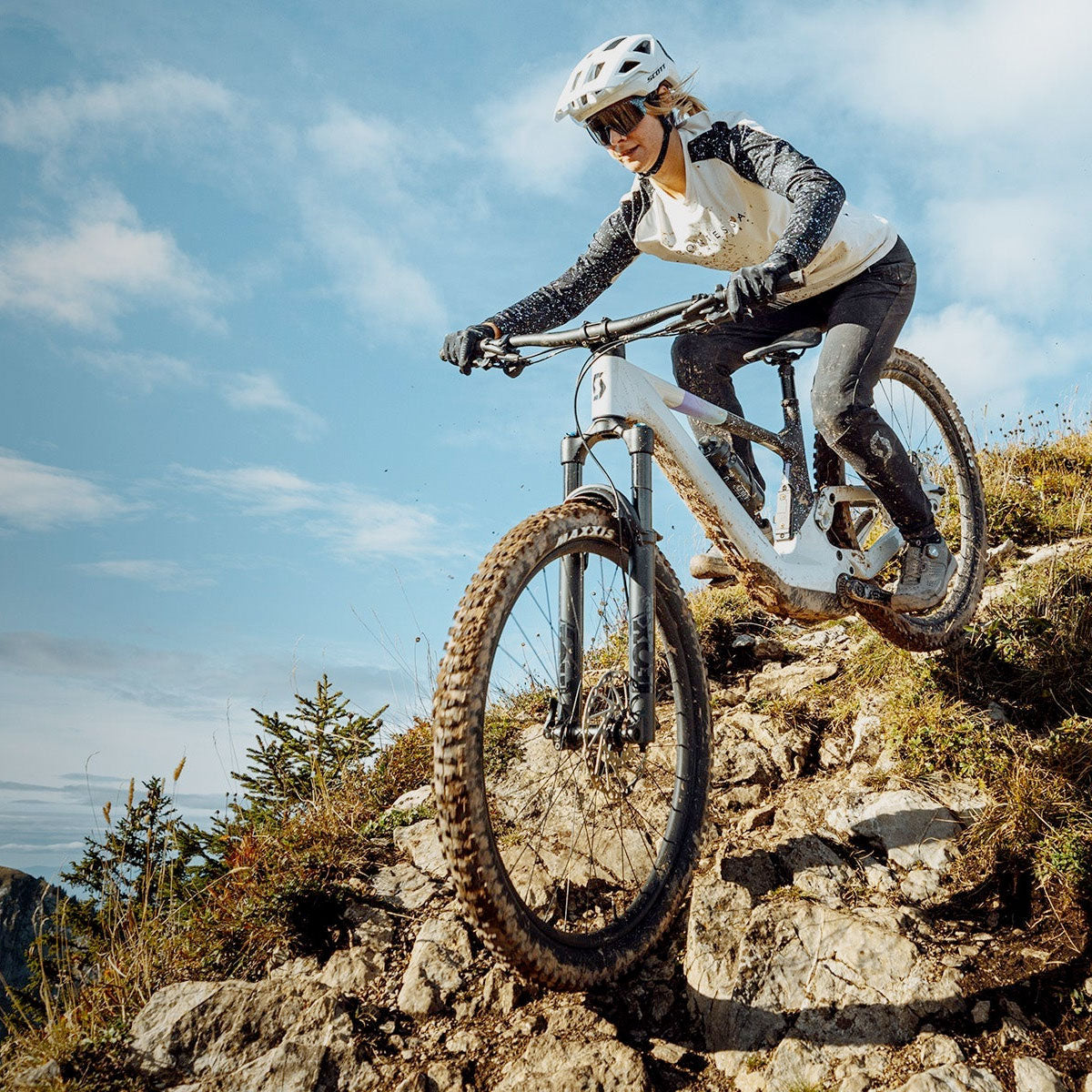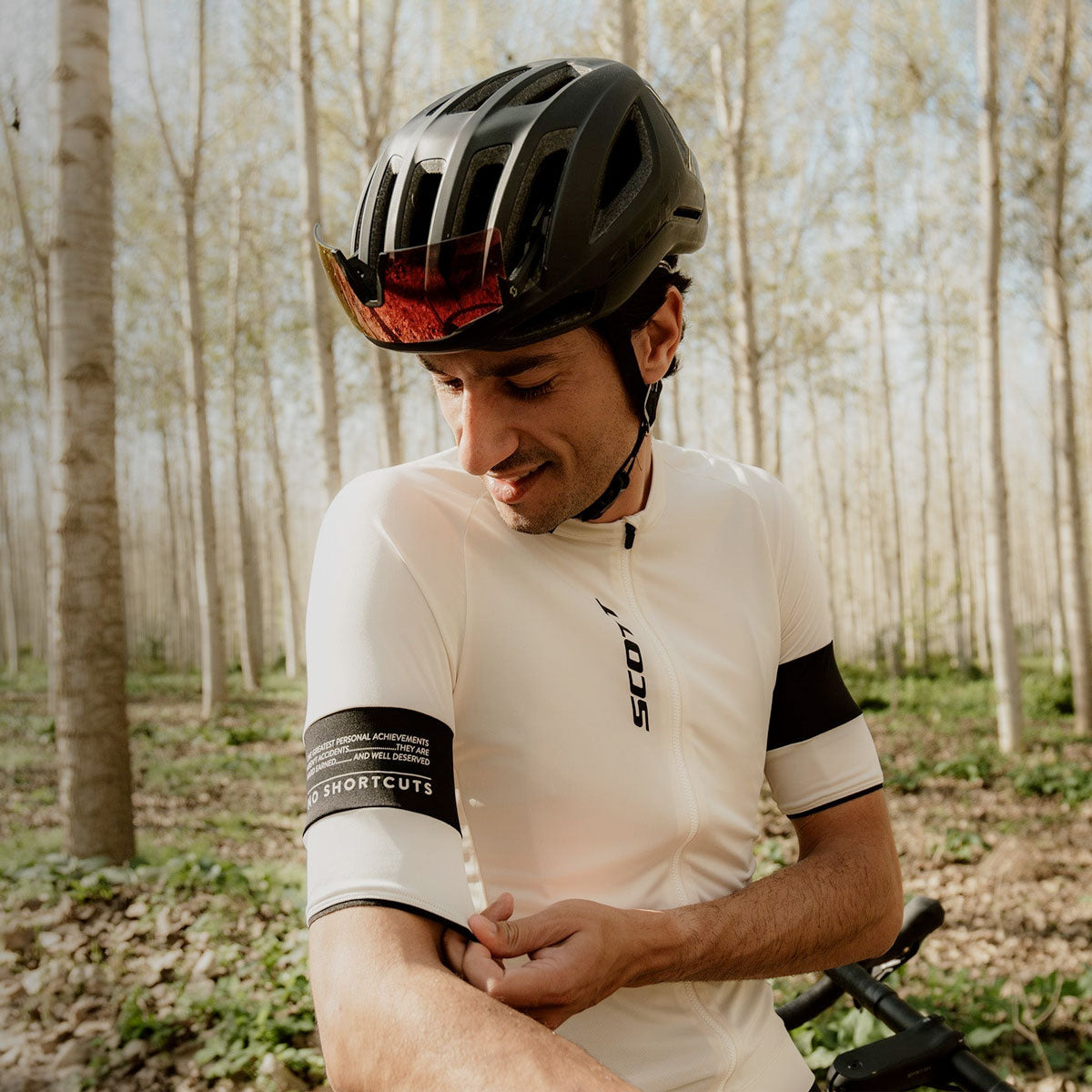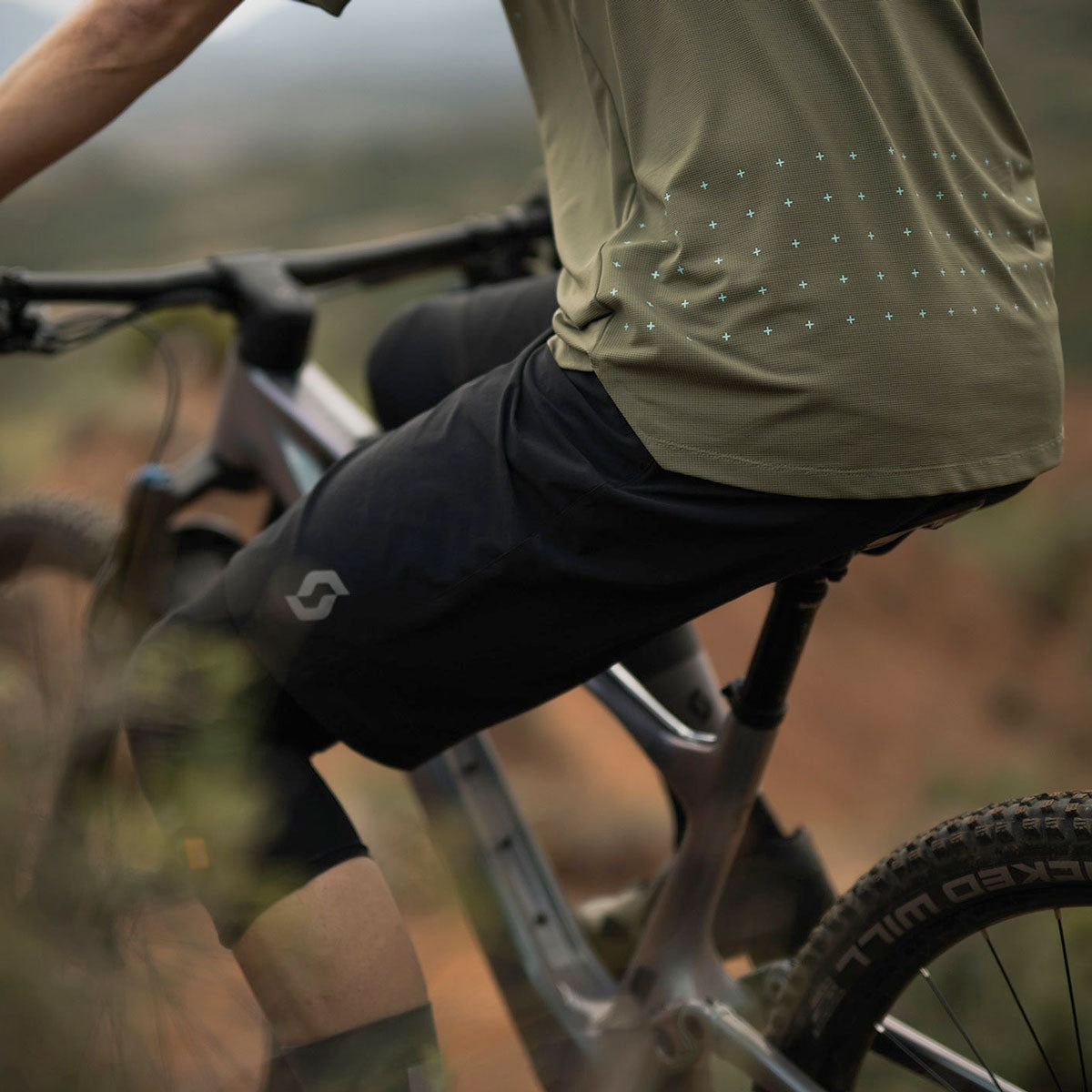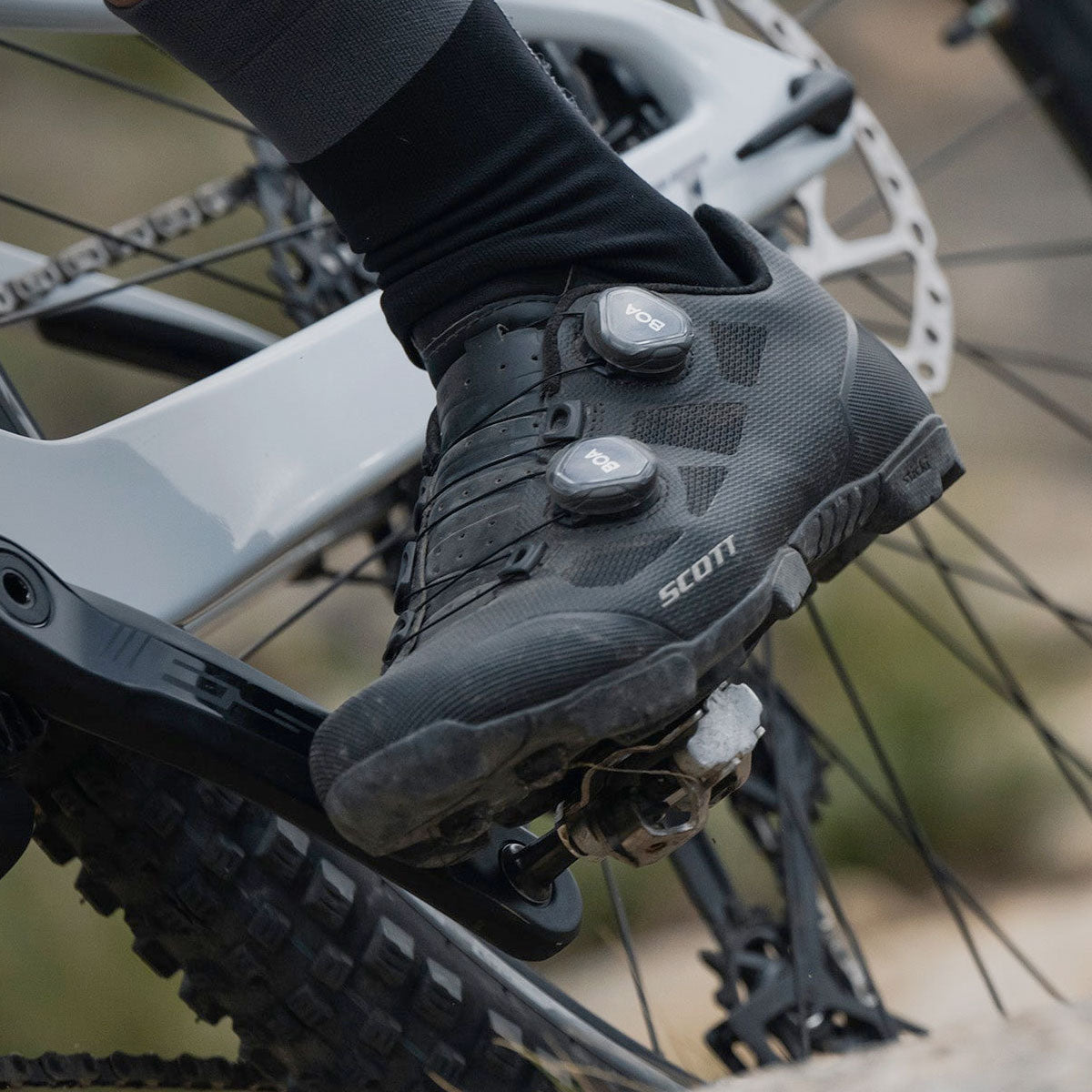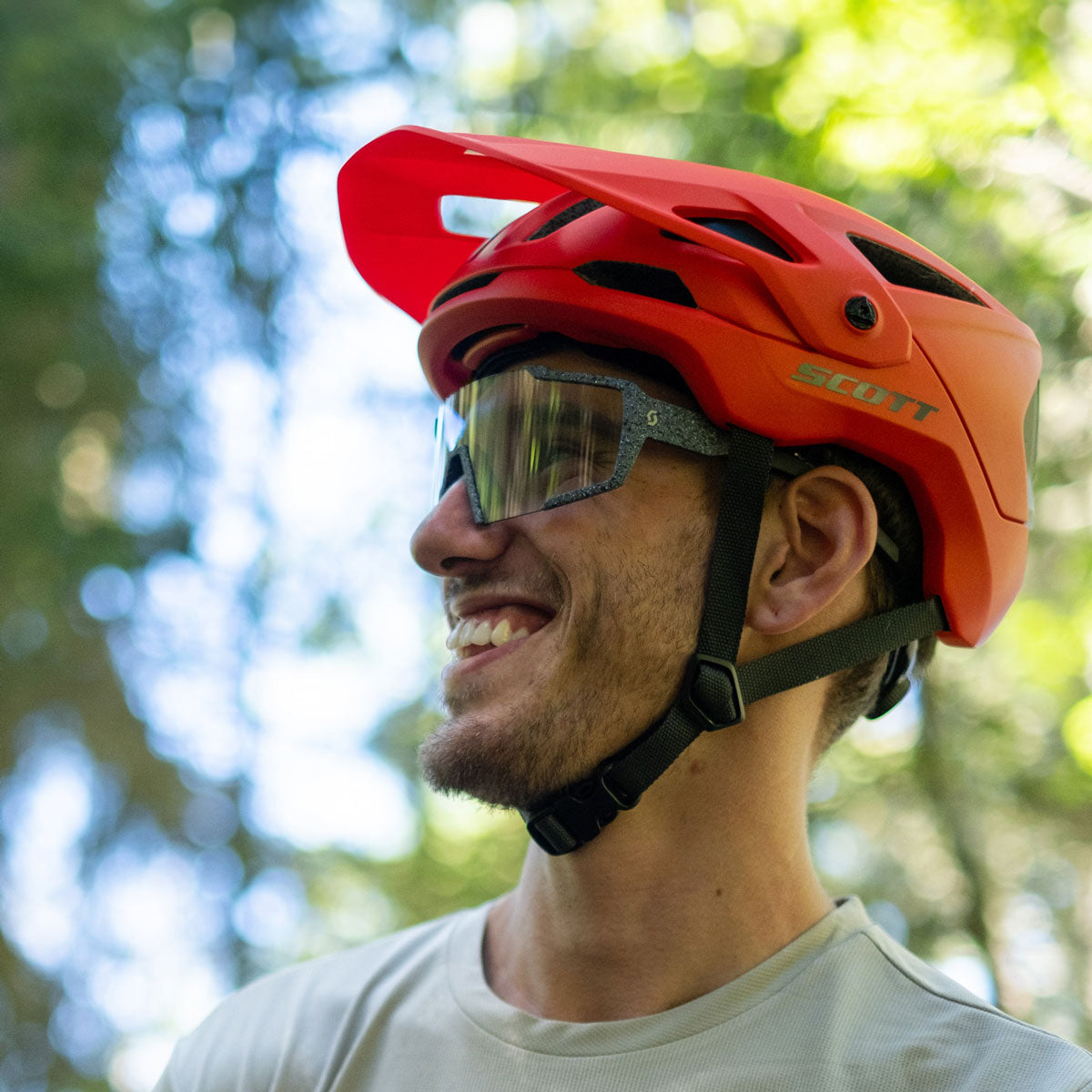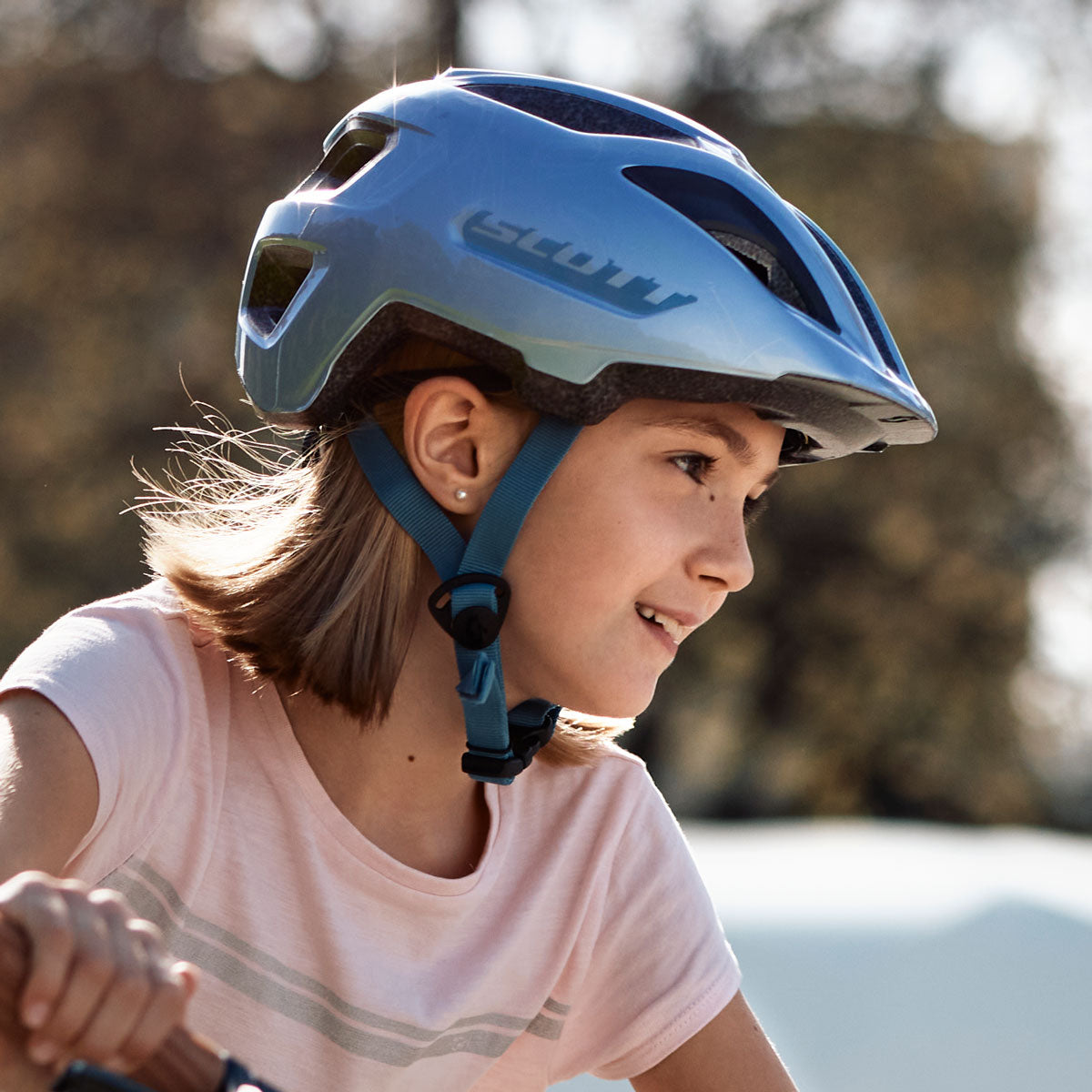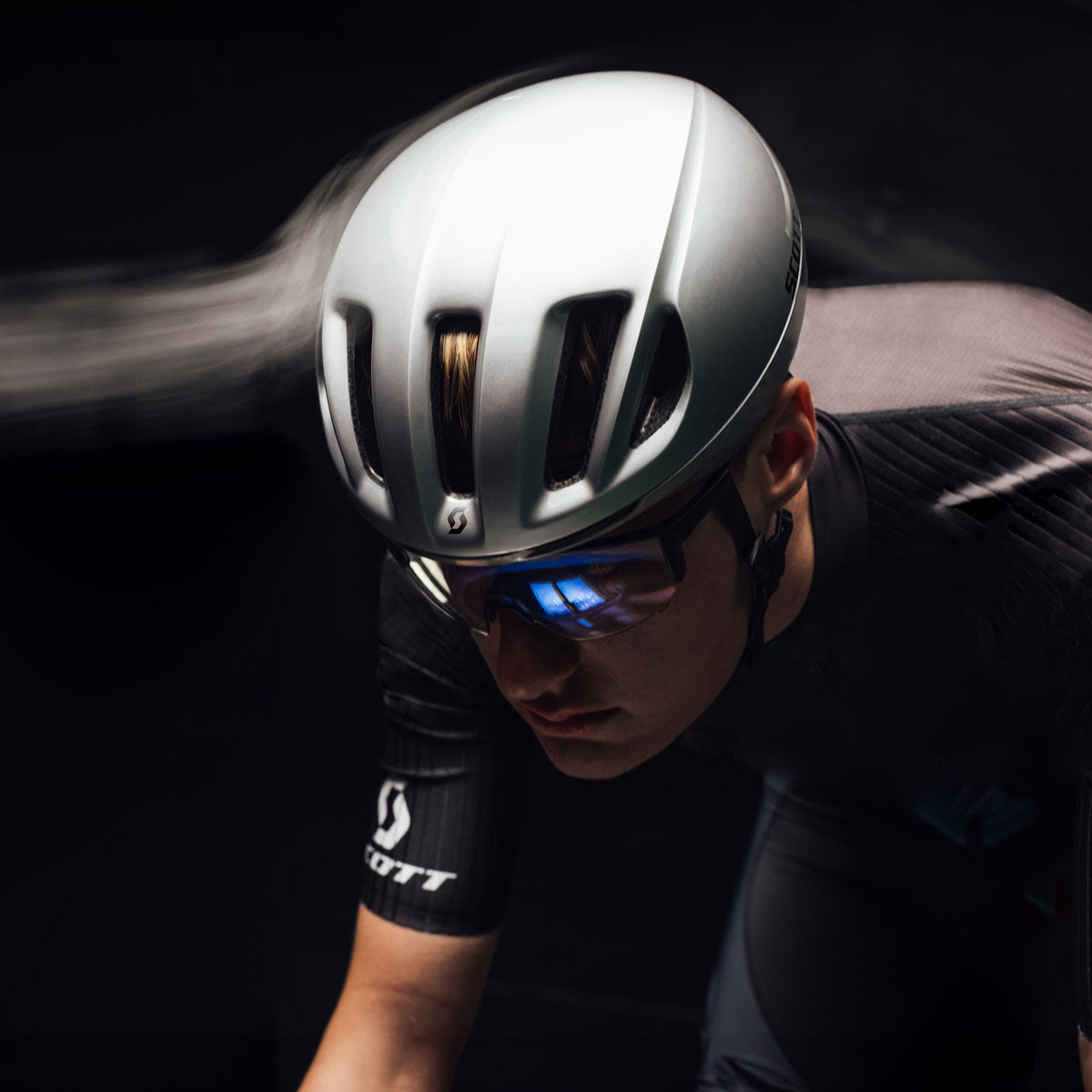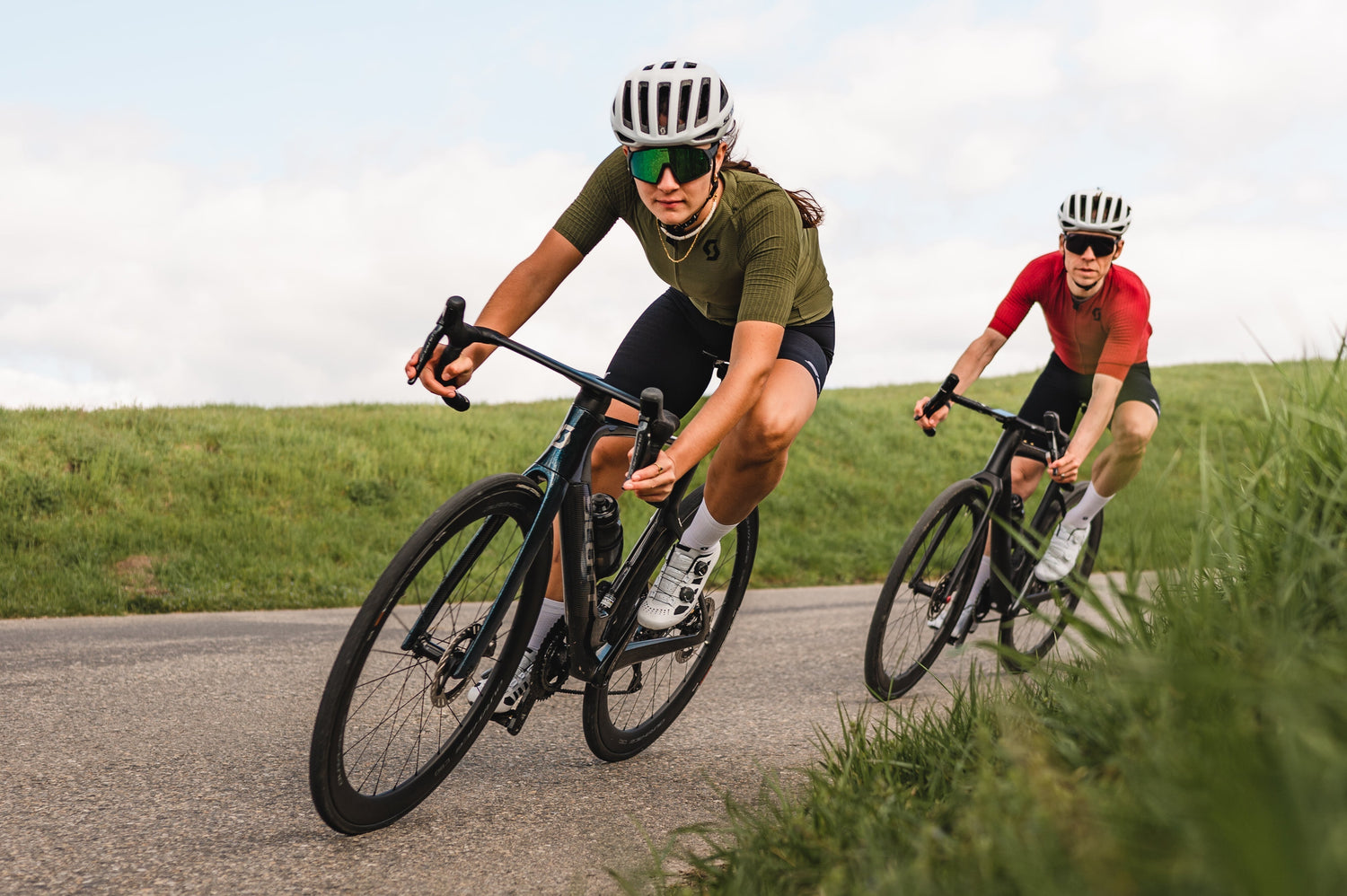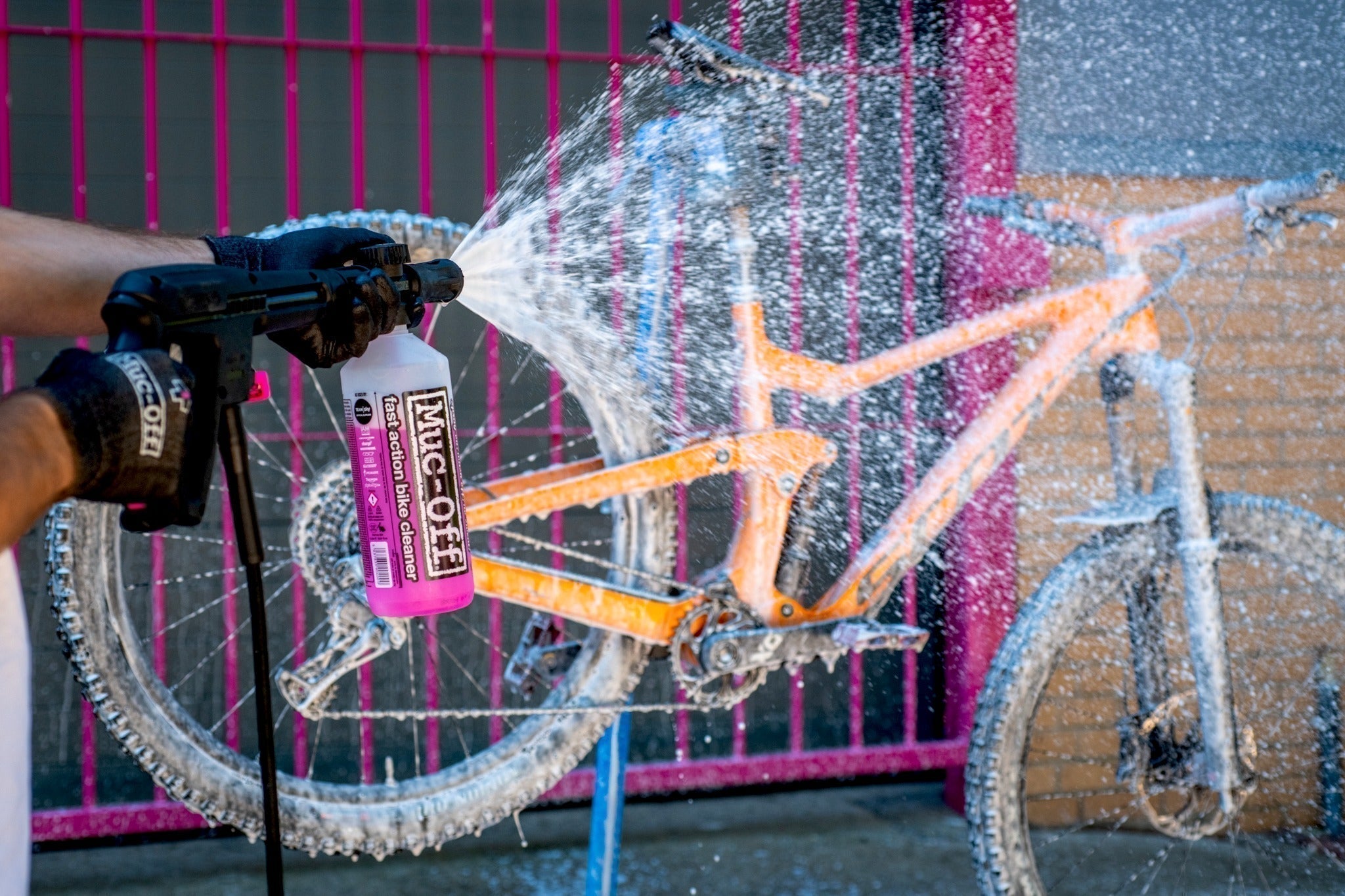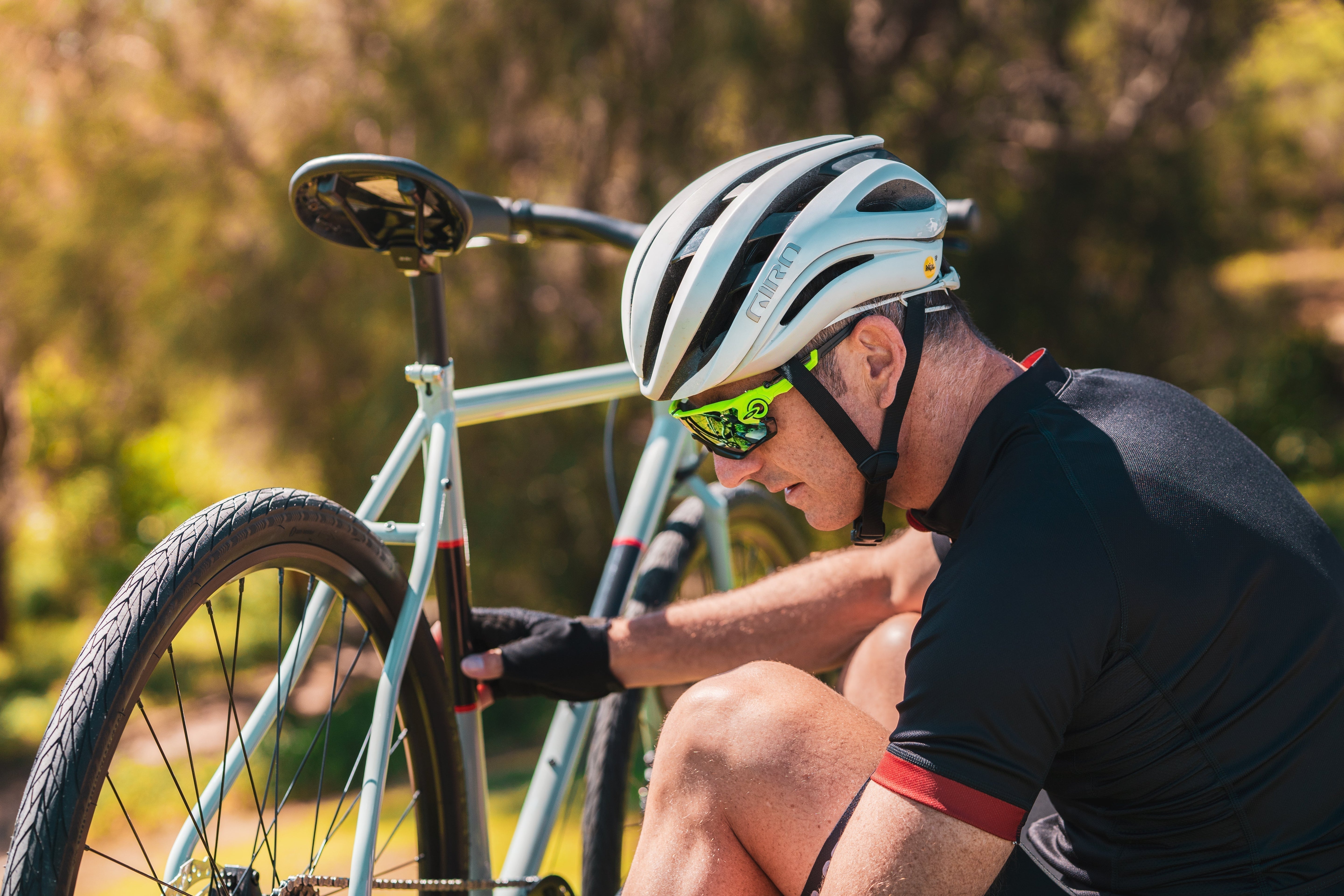Road Riding for Rookies
So, you’re looking to get into road riding? Perhaps you’re getting inspired by the current international events or you’ve just got a Lycra shaped hole in your life? Maybe you’ve picked up a road bike recently and realised it’s a completely different style of riding than you’re used to and need to get reinspired? Fear not dear reader, My Ride is back again to help you with useful tips, tricks and insider knowledge for emerging and experienced roadies alike.
First thing first, you’ll need a Road Bike to go road riding. There are two easily distinguishable features that help us recognise if a bike was designed for road riding; the lack of suspension forks and the drop-style handlebars. Although there are models of ‘road bikes’ with flat-bars, for the purpose of this article we will consider them as ‘road sport’ or ‘commuter bikes’.
High quality carbon fiber road bikes tend to start around the $4,000 mark and for top race spec or premium models you’ll find that that can double or even triple. It’s fair to say you’ll want to get the most out of your road bike so when choosing which bike is right for you, it’s very important to understand the different types of road bikes in the market. Road bikes are commonly split up into three distinct categories based on your type of riding: Aero, Lightweight and Endurance.

One way to think about it is as a linear scale. At one end you have Aero bikes with their aggressive racing geometry. Shorter headtubes and longer saddle to stem reach - forcing riders into a lower, more aerodynamic position. This end of the scale sacrifices comfortable riding positions in the holy name of speed.
At the other end of the scale are Endurance bikes. As the name suggests, these are the opposite of Aero bikes and have more of a comfortable geometry which enables cyclists to stay in the saddle longer each ride. This is not to say that Endurance Road bikes are not fast, trust us they’re fast, but they would be the race bike for a marathon, rather than a sprint race. Endurance bikes tend to have greater fork clearance which enables riders to run wider tyres. This reduces the road vibration which causes rider fatigue.
Lightweight Road bikes exist as a happy middle, falling in between an Aero Bike’s speed and an Endurance Bike’s comfort, and as the name suggests, Lightweight Road bikes are developed to be as light as a complete bike possibly can be. Due to falling in the middle of the Road Bike spectrum, Lightweight Bikes tend to be the go-to for your general use as they can do a bit of everything. Lightweight Bikes achieve their status by having thin tube profiles throughout the frame, finding the perfect balance between compromising stiffness and durability.

As we mentioned, it is important to understand the type of riding that you plan to do before investing into a Road bike. If you’re unsure or need a friendly face to explain in more detail what each sub-category is suited for, head into your local My Ride store and chat to the team!
Now that you’ve dropped everything, ran to your local My Ride and secured the perfect road bike, let's go over a few tips and FAQs that will help you on your first few rides.
The most obvious point of conversation regarding Road bikes is the drop bars, more specifically; when to use them. Drop bars give riders the ability to adjust their riding position, which can lower their centre of gravity and engage different muscle groups. This creates a more efficient power output and can aid the aerodynamics of the rider. Using the ‘Drops’ is also good for descending hills as a lower centre of gravity puts additional pressure on the front wheel, adding traction, improving balance and enabling better grip on the brakes.
A lot of amateur road riders find that after using the drops, or just the standard handlebars for a significant period of time, their hands are getting numb. A pair of Gloves will help against the cold but often the issue arises from an ill-fitting bike.
If your handlebars are too low, you will be putting a disproportionate amount of weight on your hands and wrists. Similarly, your stem may be too long or your saddle may be slanted down, all factors that direct your force downwards and can make your wrists go numb. Similarly, brake reach should be considered when fitting yourself to your road bike. When comfortably on the handlebars, reach your fingers out to pull the brake levers. Your wrists should remain at 180 degrees (flat). If you find yourself straining them down to reach the brakes, consider rotating your handlebars or revising your brake placement. These are all easy fixes but if you don’t have the right equipment at home, your local My Ride store will happily set you up and get you rolling in no time.
Speaking of saddles, having the right fitting saddle is essential for road riding. Saddles vary in shape, width, length and padding to cater for different body types, rider flexibility and positions on the bike. More flexible riders who like to ride in an aggressive aerodynamic position are often better suited to a flat shaped saddle allowing more freedom of movement. Being bent further forwards in an aerodynamic position also puts more pressure on the front of the pelvic area, so riders can benefit from having a short-nosed saddle. On the other hand, less flexible riders who ride in a more relaxed position are better suited to a more rounded shaped saddle, with more width and support in the sit bone area.

So, what are you waiting for? With your new-found expertise and confidence, take to two wheels and ride! Your local My Ride has all the gear and accessories you need to get on the road, plus friendly staff to help answer any other questions you may have on this, or any other cycling related topic. Bikes for life!
